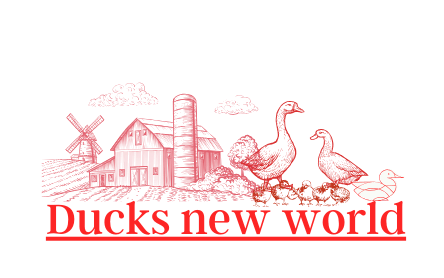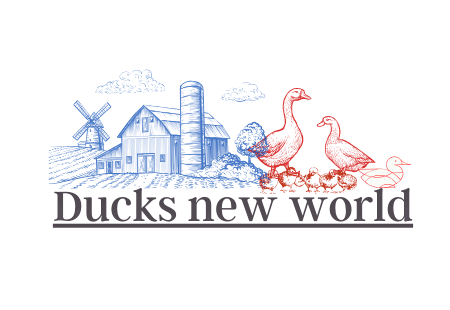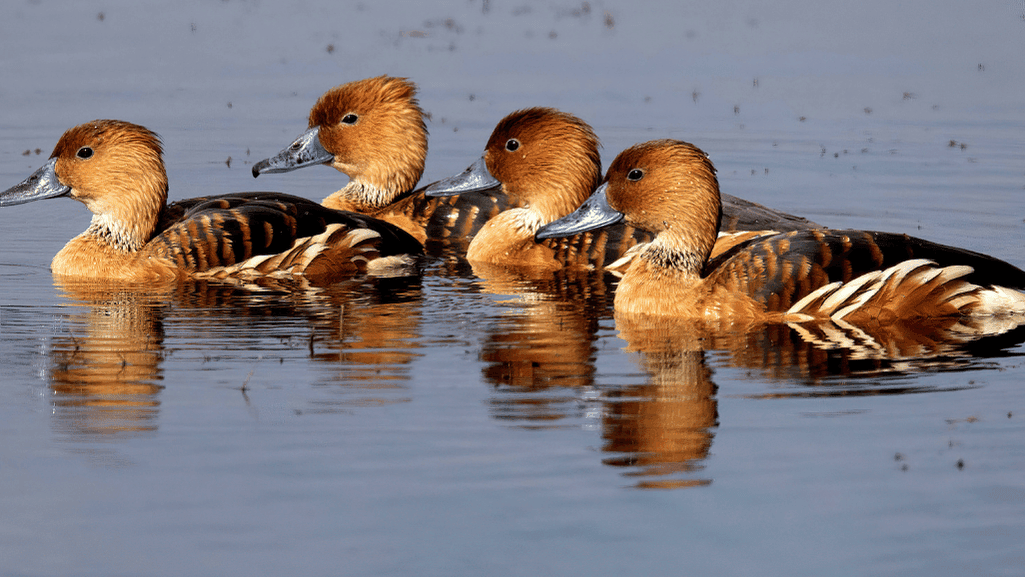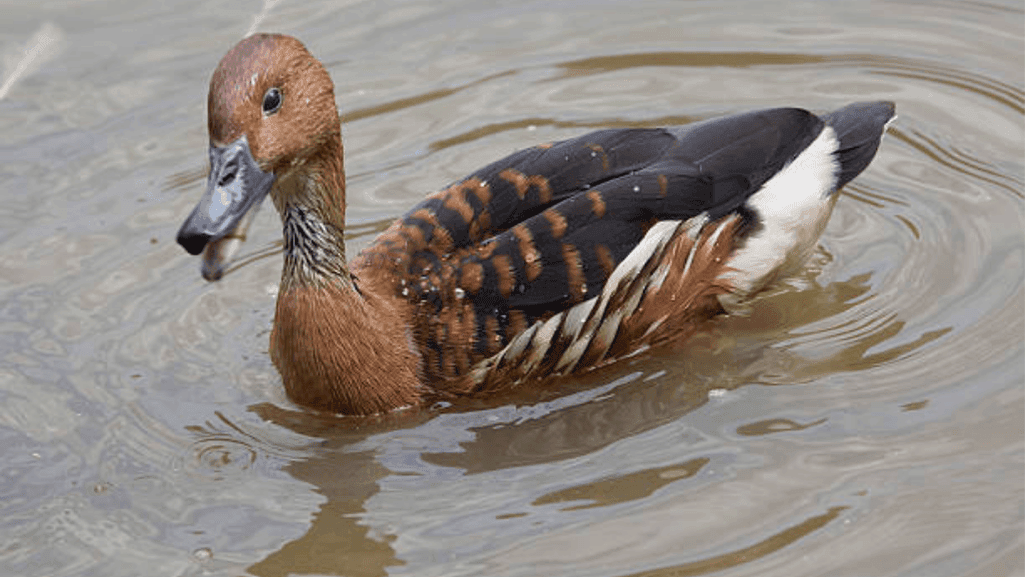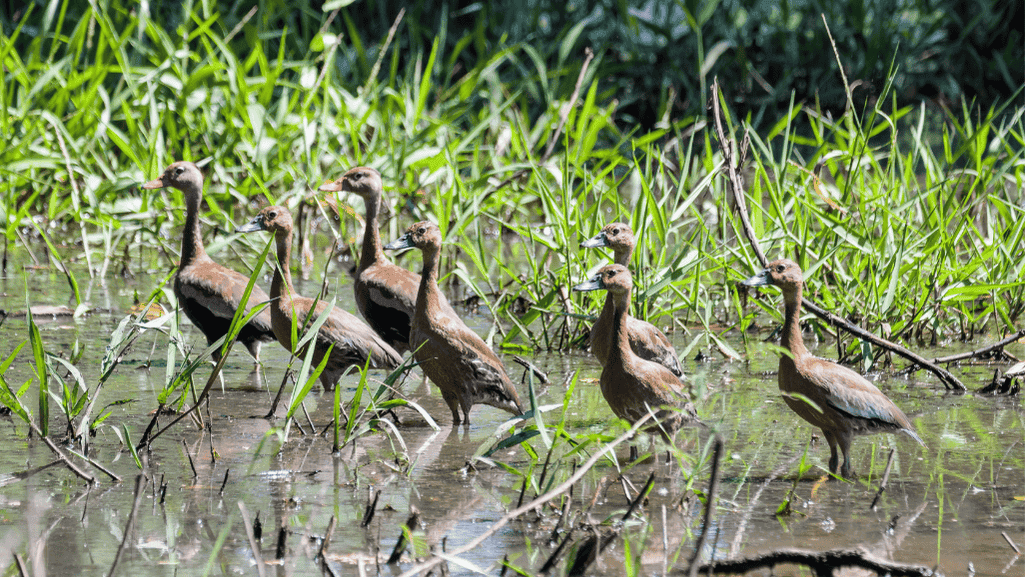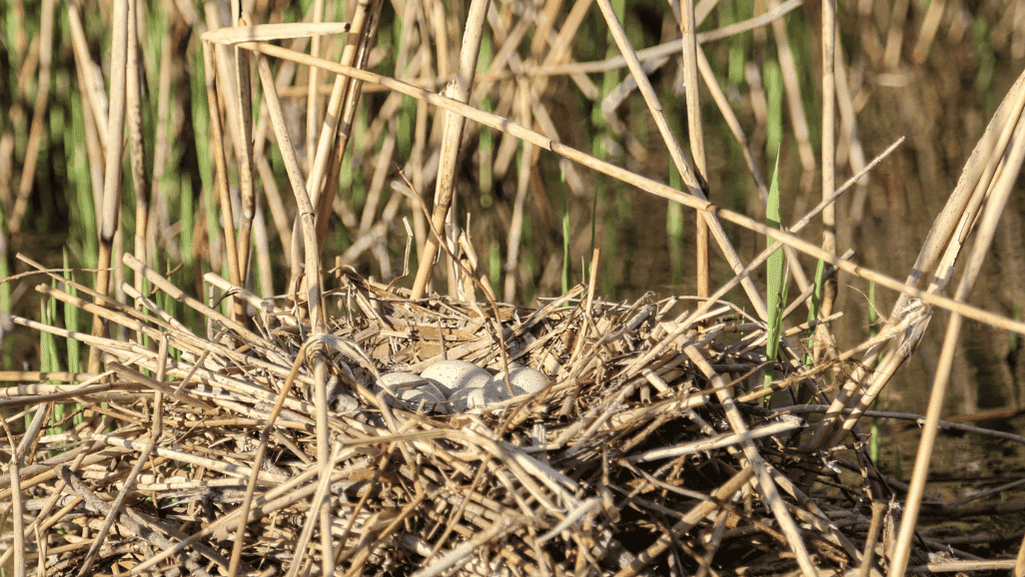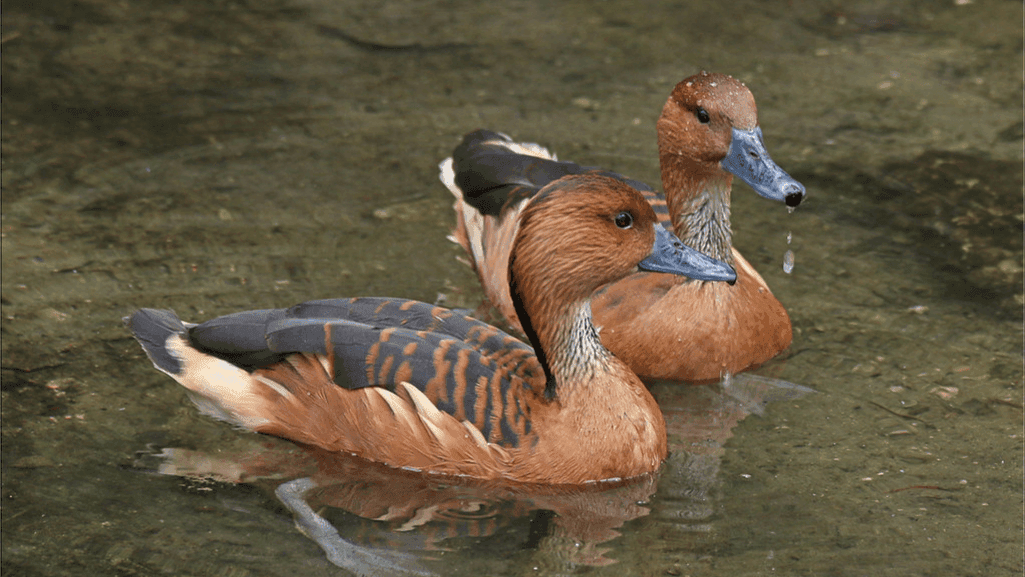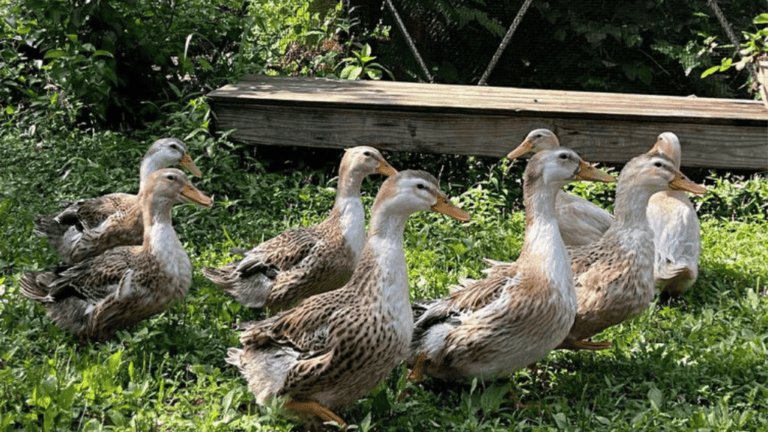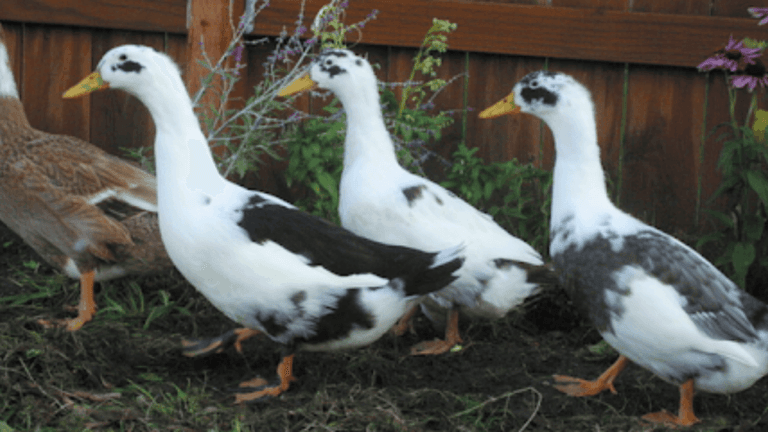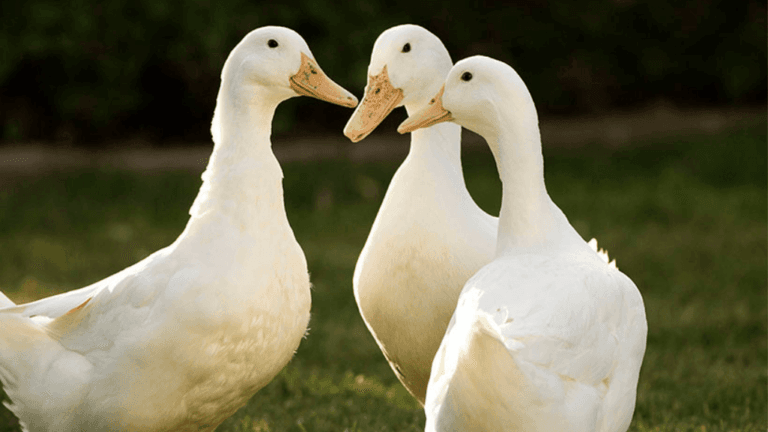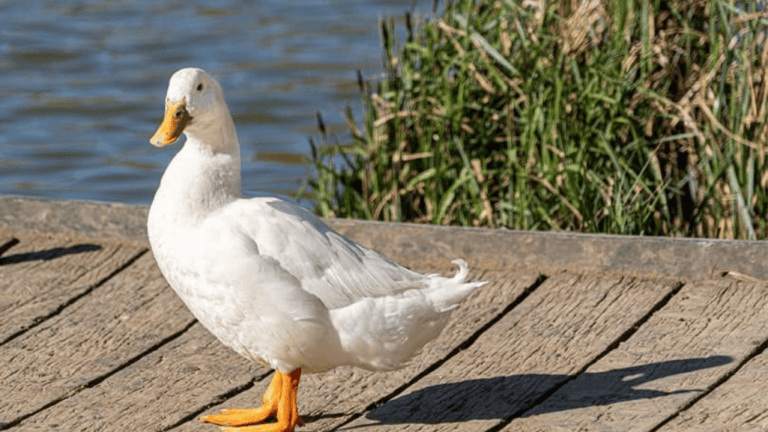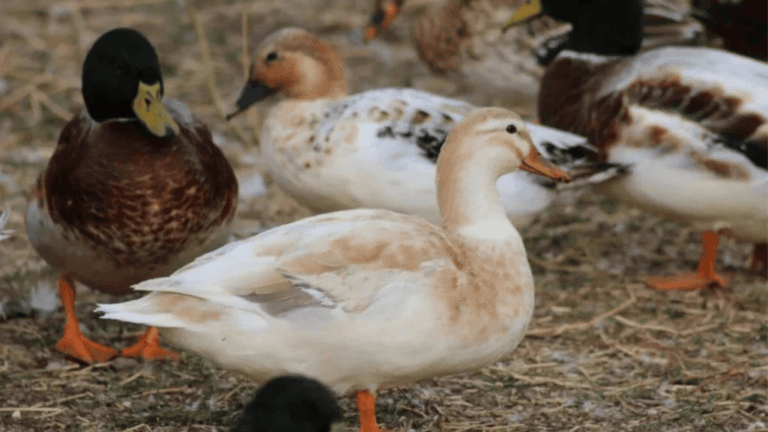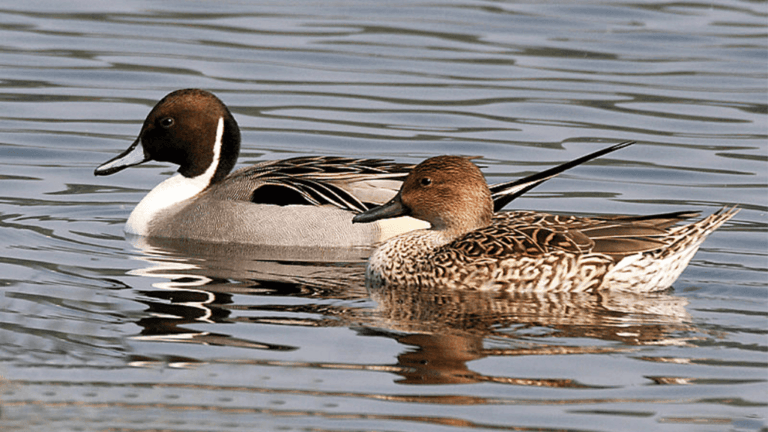Get ready to be amazed by the Fulvous Whistling Duck. This tropical waterfowl is known for its unique whistle and long legs. It’s one of 14 waterfowl species found at St. Marks National Wildlife Refuge in Florida. But, it’s not a common sight there.
The refuge is home to many different animals. You’ll find birds, mammals, reptiles, and amphibians. It’s a place of great diversity.
The Fulvous Whistling Duck is rare at St. Marks. But, it’s still a favorite among bird watchers and nature lovers. Its habits and adaptations make it special among the 38 waterfowl species at the refuge. Twenty-four of these species visit every year.
Join us as we explore the Fulvous Whistling Duck’s world. We’ll learn about its beauty and importance in nature. For more on our mission to protect ducks, visit Ducks New World.
Key Takeaways
- The Fulvous Whistling Duck is a rare and captivating tropical waterfowl species known for its distinctive whistle and long legs.
- It is one of the 14 waterfowl species found at St. Marks National Wildlife Refuge in Florida, although not seen every year.
- The refuge provides diverse habitats for a wide range of birds, mammals, reptiles, and amphibians.
- Out of the 38 waterfowl species recorded at the refuge, 24 are annual visitors.
- Discovering the majestic Fulvous Whistling Duck offers an inspiring journey into its unique habits, adaptations, and ecological significance.
Introduction to the Fulvous Whistling Duck
The Fulvous Whistling Duck (Dendrocygna bicolor) is a bird that many love. It’s known for its unique looks and interesting ways of living. This makes it special among waterfowl.
This bird travels long distances each year. It goes from Central America to the southern United States. It lives in different places, showing how well it can adapt.
Unique Characteristics of the Fulvous Whistling Duck
The Fulvous Whistling Duck stands out because of its long legs and neck. It’s brown and black, and its whistling sounds are magical. These sounds fill the marshes, making them even more beautiful.
This duck is special because it nests in trees. Most ducks don’t do this. The male helps take care of the babies, showing how much they care for each other.
Habitat and Distribution
This duck lives in warm, fresh marshes in the Americas, Africa, and Asia. In the U.S., it loves rice fields. These fields give it food and the right water to find it.
The Fulvous Whistling Duck started breeding in the U.S. in the late 1800s and early 1900s. Rice farming came to the area, and the duck took advantage of it. It found new places to live and grew its numbers.
But, the duck faced problems before. Pesticides hurt its numbers in the 1960s. Now, thanks to conservation, its numbers are stable or even growing. Still, it needs us to protect its home, the wetlands.
Physical Appearance and Distinguishing Features
The Fulvous Whistling Duck is a bird that catches the eye with its unique look. This long-legged duck stands out with its special features. It’s a true wonder of the bird world.
Size and Weight
The Fulvous Whistling Duck is a medium-sized duck. It’s about 45 to 53 cm long and weighs 600 to 800 grams. Its long legs and slim body make it great for moving in shallow waters.
Plumage and Coloration
The Fulvous Whistling Duck has beautiful tawny feathers. Its body is mostly tawny, with darker shades on its back and wings. This color helps it blend in with its surroundings.
Bill and Leg Structure
The duck has a black bill that looks great with its tawny feathers. This bill is perfect for finding food in the water. Its long, pink legs also help it move through shallow waters.
The Fulvous Whistling Duck’s tawny feathers, black bill, and pink legs make it very striking. These features not only make it beautiful but also help it survive in its natural habitat.
Fulvous Whistling Duck
The Fulvous Whistling Duck is a bird that bird watchers love. It lives in many places, like the Americas, Africa, and Asia. This makes it one of the most seen ducks in the world.
This duck is special because of its whistling sound. You can hear it in wetlands. It helps ducks talk to each other and adds to the wetland’s feel.
In places like Wisconsin, spotting this duck is rare. There have been only two sightings, in 1989 and 2022. These sightings are exciting for bird watchers.
The Fulvous Whistling Duck likes certain places to live. These include:
- Shallow wetlands with tall grass and vegetation
- Freshwater lakes and seasonal pools
- Slow-flowing streams and marshy areas
- Flooded grasslands
This duck also likes the same places as another duck, the Black-bellied Whistling Duck. In Wisconsin, there’s one place where both ducks have been seen. This shows how important it is to keep wetlands diverse.
The Fulvous Whistling Duck is interesting to study. It helps us understand the beauty of wetlands. To learn more, visit Ducks’ New World. It’s a great site for duck fans and nature lovers.
Behavior and Lifestyle
The Fulvous Whistling Duck is a captivating bird known for its gregarious nature and engaging social interactions. These ducks are highly social creatures, often forming large flocks outside of the breeding season. Their flocking habits are a testament to their strong desire for companionship and their ability to thrive in the presence of others.
Fulvous Whistling Ducks are not only social among their own species but also display a remarkable willingness to associate with other waterfowl. It is not uncommon to find them in mixed flocks, mingling with various duck species and even geese. This adaptability and openness to forming diverse connections highlight the Fulvous Whistling Duck’s friendly and accepting nature.
Social Interactions and Flocking Habits
The social interactions of Fulvous Whistling Ducks are a fascinating aspect of their behavior. Within their flocks, these ducks establish strong bonds and maintain a sense of unity. They engage in various activities together, such as foraging, preening, and resting. The sight of a large flock of Fulvous Whistling Ducks moving in unison is truly breathtaking, showcasing their remarkable coordination and social cohesion.
Interestingly, the flocking habits of Fulvous Whistling Ducks extend beyond their own species. They are known to form mixed flocks with other waterfowl, demonstrating a unique level of tolerance and adaptability. This behavior not only promotes a diverse and vibrant wetland community but also provides added safety in numbers against potential predators.
Vocalizations and Communication
One of the most distinctive features of the Fulvous Whistling Duck is its vocalizations. These ducks are aptly named for their melodious whistling calls, which play a crucial role in their communication and social interactions. The whistling calls serve various purposes, including maintaining contact within the flock, announcing the presence of food sources, and alerting others to potential threats.
The whistling calls of Fulvous Whistling Ducks are not only functional but also add a delightful auditory element to their wetland habitats. The sound of their calls reverberating across the water creates a enchanting atmosphere, reminding us of the beauty and vibrancy of nature. These vocalizations are an integral part of the Fulvous Whistling Duck’s social dynamics, enabling them to stay connected and coordinate their activities effectively.
The behavior and lifestyle of the Fulvous Whistling Duck are a testament to the importance of social bonds and communication in the animal kingdom. Their gregarious nature, flocking habits, and melodious whistling calls showcase the intricate social structures and interactions that shape their lives. By understanding and appreciating these aspects of the Fulvous Whistling Duck, we gain a deeper appreciation for the complexity and beauty of avian behavior.
Breeding and Nesting
Fulvous Whistling Ducks are a delight for nature lovers. They are monogamous, showing strong pair bonds. As breeding season comes, they go through mating rituals and build nests.
Mating Rituals and Pair Bonding
The mating rituals of Fulvous Whistling Ducks are amazing. They show off their beautiful feathers and move gracefully. After finding a mate, they stay together, working as a team to raise their young.
Nest Construction and Egg Laying
Fulvous Whistling Ducks are great at building nests. They use tree cavities, floating plants, and ground near water. The female picks the spot and makes a nest with reeds, grasses, and feathers.
Then, she lays her eggs. They usually have 6 to 16 eggs, with 10 being common in Texas. The eggs are creamy white, promising new life. The female keeps them warm for 24 to 26 days, with the male helping out.
Parental Care and Duckling Development
Fulvous Whistling Ducks are amazing parents. They care for their ducklings from the start. The ducklings are born with down feathers and can move and find water right away.
The parents teach the ducklings how to survive. They learn to find food and avoid dangers. The parents always watch out for their young, ready to protect them.
As the ducklings grow, they get their adult feathers and learn to whistle. Their parents guide them, helping them become strong in their wetland home.
Migration Patterns and Seasonal Movements
The Fulvous Whistling-Duck migrates between breeding sites and wintering grounds. They seek better food and escape bad weather. Their paths change based on where they are and how many there are.
In North America, ducks from Texas and Louisiana head to southern Mexico. They follow the Gulf of Mexico or cross the western Gulf. When rice planting starts, they return to the Gulf Coast to nest.
In California, Fulvous Whistling-Ducks’ migration has changed. Since 1985, they arrive later than before. They are common in the Imperial Valley from March to August.
In the San Joaquin Valley, they are seen from April to November. Most sightings are in this area. There’s not much data on their flock size, speed, or distance traveled.
But, their migrations are key to their survival. They have been seen as far north as the Great Lakes. This shows they can travel long distances.
Knowing where Fulvous Whistling-Ducks go is important for their protection. They need specific places to breed and winter. Keeping these areas safe is vital for their survival.
Diet and Feeding Habits
The Fulvous Whistling Duck is a fascinating bird with a diverse diet. It eats both plants and animals, making it adaptable in different wetlands. This shows how resourceful and resilient they are in changing environments.
Preferred Food Sources
Fulvous Whistling Ducks love aquatic vegetation like pondweeds and duckweed. They also eat seeds from grasses and crops. This plant-based diet gives them the energy to stay active.
But they also need animal protein, especially when breeding. They hunt for snails, insects, and crustaceans. This is crucial for their ducklings’ growth and feather development.
Foraging Techniques and Adaptations
Fulvous Whistling Ducks have special ways to find food. Their long legs and webbed feet help them wade and search in shallow waters. Their bills are also designed to filter food from the water.
They also forage at night in fields and weeds. This helps them avoid predators and find food that’s hard to get during the day. For more on these ducks and other birds, check out the Bird Watching Academy & Camp.
Conservation Status and Threats
The Fulvous Whistling Duck is listed as “Least Concern” by the International Union for Conservation of Nature. It has a large global population of 1.4 million. But, it faces challenges across its range. The BirdLife International rates it a 9 out of 20 on the Continental Concern Score. This means it’s a species of low conservation concern. Yet, some populations are declining due to habitat loss, degradation, and hunting.
Population Trends and Challenges
Between 1966 and 2015, Fulvous Whistling-Duck populations were stable or slightly increased. But, some areas have seen sharp declines because of agricultural pesticides. Hunting is also a concern worldwide. In California, the species has declined significantly since the mid-20th century.
Habitat Loss and Degradation
The biggest threat to Fulvous Whistling Ducks is the loss of floodplain habitats. Drainage, channelization, and development have degraded these critical areas. Protecting and restoring these habitats is key to the species’ survival.
Conservation Efforts and Initiatives
Many conservation efforts are underway to help Fulvous Whistling Ducks. These include:
- Wetland restoration projects to create and enhance habitats
- Habitat protection measures like protected areas and wildlife-friendly land management
- Population monitoring programs to track trends and inform conservation strategies
- Hunting regulations to ensure sustainable harvest levels
By focusing on habitat protection, wetland restoration, and population monitoring, we aim to ensure a bright future for the Fulvous Whistling Duck and its habitats.
Importance in Wetland Ecosystems
Fulvous Whistling Ducks are key to wetland ecosystems. They help keep these places healthy and full of life. Their actions with other species and the environment are crucial.
Role in Maintaining Ecological Balance
Fulvous Whistling Ducks are important in waterfowl communities. They help spread seeds, which helps plants grow. Their waste also makes the soil better for plants.
By eating different plants, they keep invasive species in check. This balance is vital for the ecosystem.
Interactions with Other Species
These ducks have complex relationships with other animals in their homes. They are food for many predators, helping the food chain. They also attract many bird species, making the wetland more diverse.
They often join flocks with other waterfowl. This helps them all live together peacefully. Their role in wetlands is huge. They help keep these places balanced and healthy.
